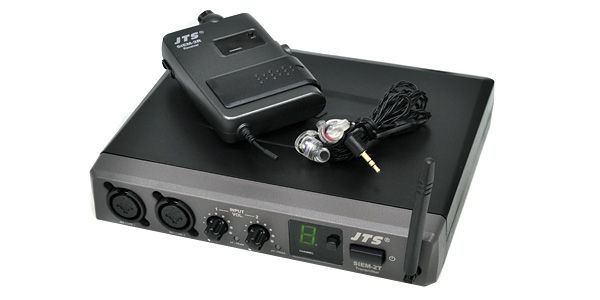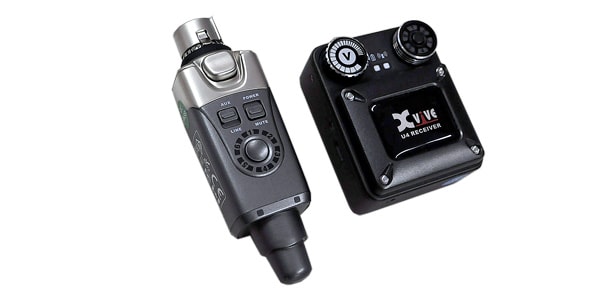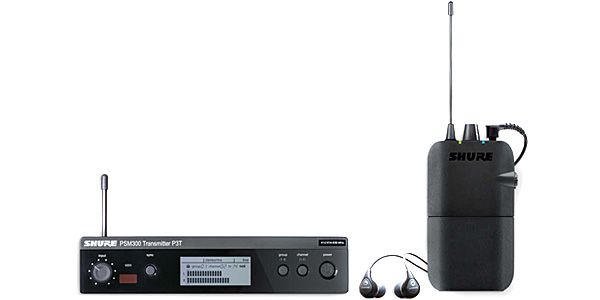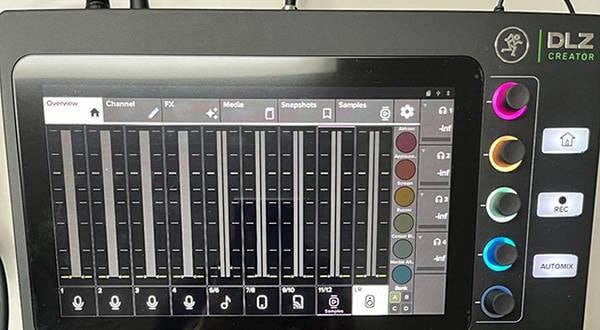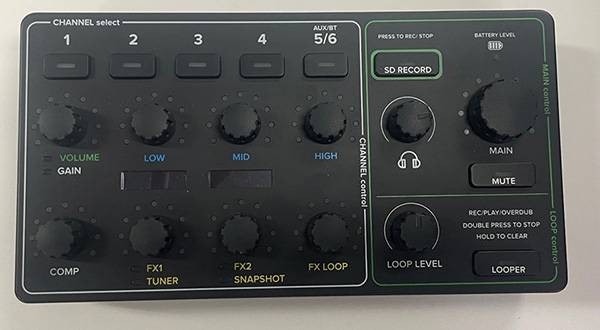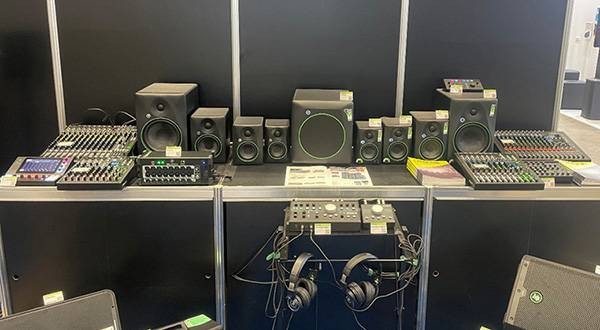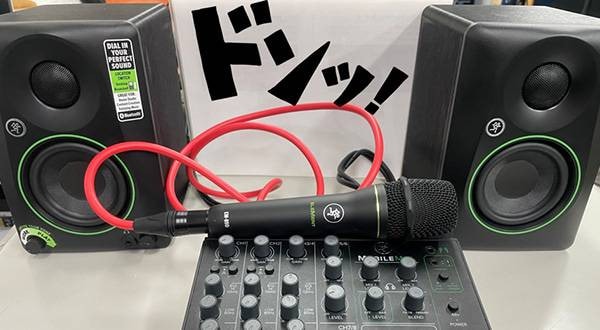Have you ever seen a singer with one leg on a speaker on stage, violently shouting toward the audience? That speaker is a monitor speaker, and the output from the monitor is for the performers on stage so that they can hear themselves. It is also known as a "foldback system".

When performing on a large stage, where you move around a lot, or when the monitor sound is too loud on a small stage making other sounds difficult to hear, in-ear monitors are ideal. The monitor mix can be received wirelessly via earphones.
Regarding in-ear monitors, many people often ask "Can I add a receiver?" It is a common question. I'd like to briefly explain this.。
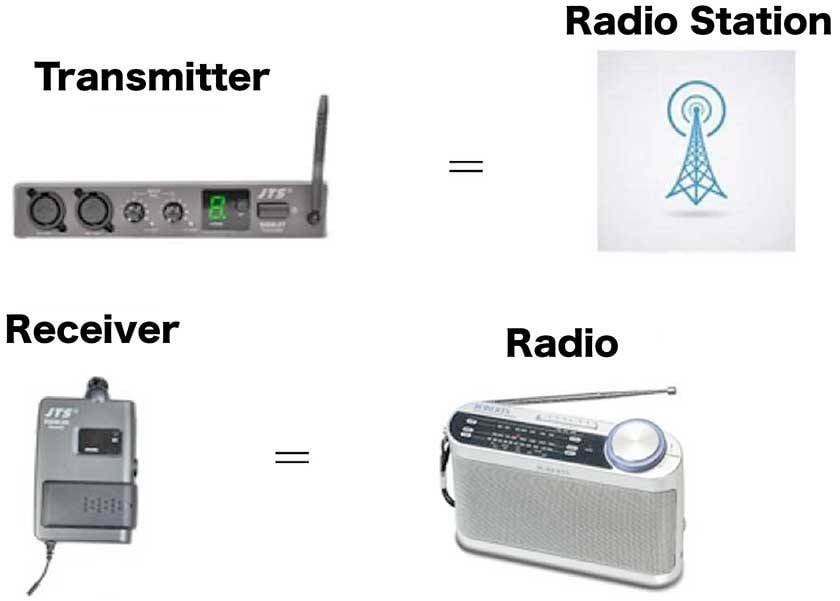
If you tune in to a radio station channel, you can receive the broadcast from that radio station. The idea is the same. If you tune the receiver to the same channel as the transmitter, you can receive the signal sent from the transmitter. Just as there is no limit to the number of radios which can be used to receive the signal, there is no limit to the number of in-ear monitors receiving the transmission.
If you want to send multiple different monitor mixes (for example, one for vocals and one for drums), you will need a transmitter for as many mixes as you want to transmit. Please check the "limited number of waves that can be used in the same area" in the product specs. For example, the JTS/SIEM-2 can use up to 4 waves in the same area at the same time. Therefore, four different signals can be monitored. However, as mentioned earlier, there is no limit to the number of receivers that can be used at the same time for each transmitter.
In-ear monitors used to be high-priced items that cost as much as several hundred thousand yen per set a long time ago. Recently, however, the inexpensive sets with excellent cost performance have been released, and when it comes to the inexpensive ones, they are available for as little as 20,000 yen. These prices are now within reach of amateur musicians as well. There are in-ear monitors that use analog B-band, digital 2.4GHz and can be selected depending on the desired frequency.
As with in-ear monitors, there is a limit to the number of wireless microphones that can be used at the same time in the same area. If you're already using a B-band wireless microphone but still need more, you can choose 2.4GHz in-ear monitors and a 2.4GHz wireless microphones to increase the number being used. You will be able operate these without worrying about interference. Please check your current wireless system specs and capabilities before proceeding.





